
“We Have All Made Mistakes” – Teaching Mindfulness in Prisons: A Different Kind of Rehabilitation
Born in Hong Kong and based in Chilliwack, British Columbia, since 1994, Venerable Yin Kit Sik (also known as Sister Jessie) ordained as a Buddhist

Born in Hong Kong and based in Chilliwack, British Columbia, since 1994, Venerable Yin Kit Sik (also known as Sister Jessie) ordained as a Buddhist

The story of early Chinese Buddhism is often considered as beginning with the arrival of the monk Kumarajiva (334–413), whose translation of Buddhist scriptures from
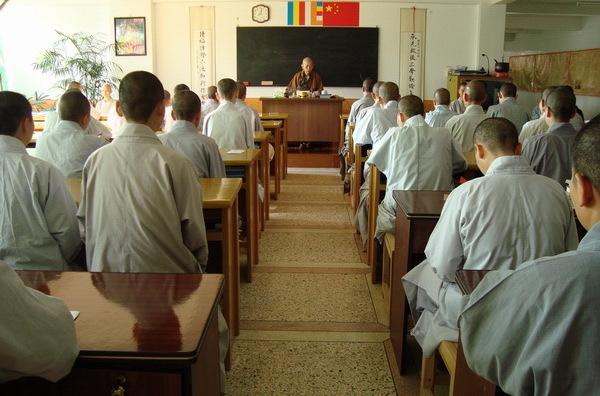
In this two-part interview with Douglas Gildow, a dissertation fellow of The Robert H. N. Ho Family Foundation Program in Buddhist Studies, we take a
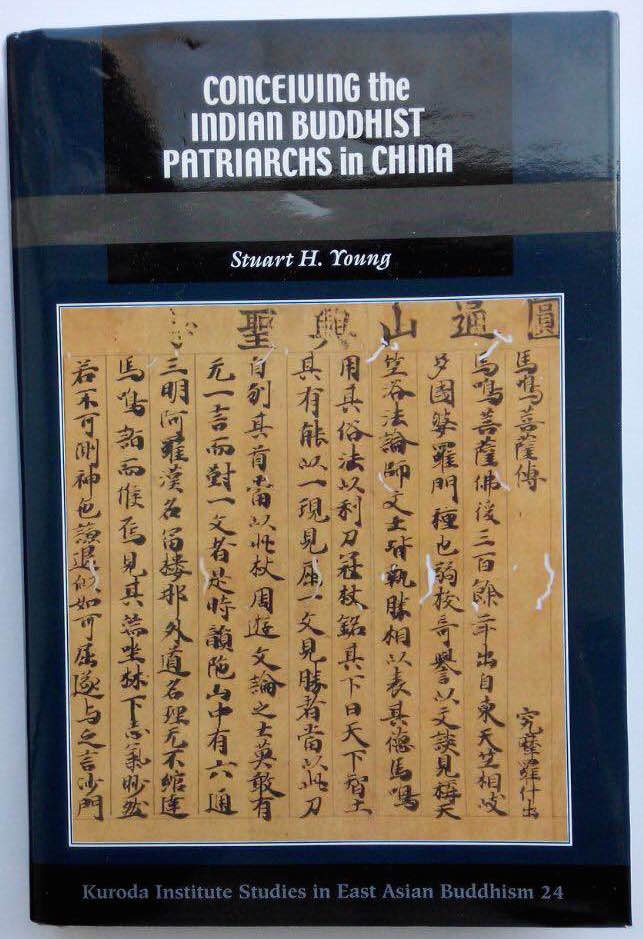
It is not always easy to imagine the intentions of those who write hagiography, which is formally defined as the biography of a saint or
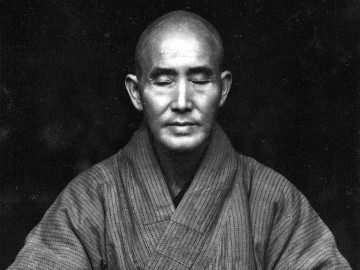
The Chan master Empty Cloud (Xu Yun; 1840–1959) is known for his simple and direct teaching method. Here are some examples of his instructions to
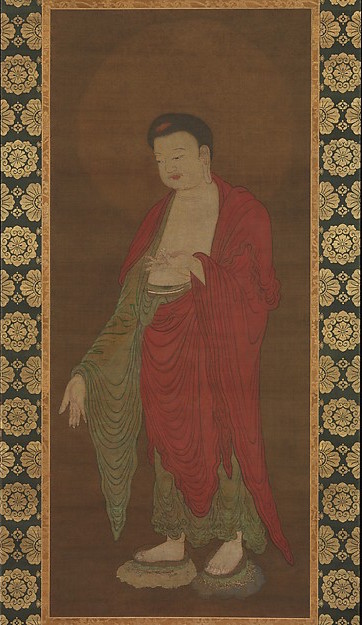
“Return to Amida, Return to Amida, So even dewdrops fall,” wrote the Soto Zen hermit Ryokan (1756–1831) famously, and throughout his life he exhorted those
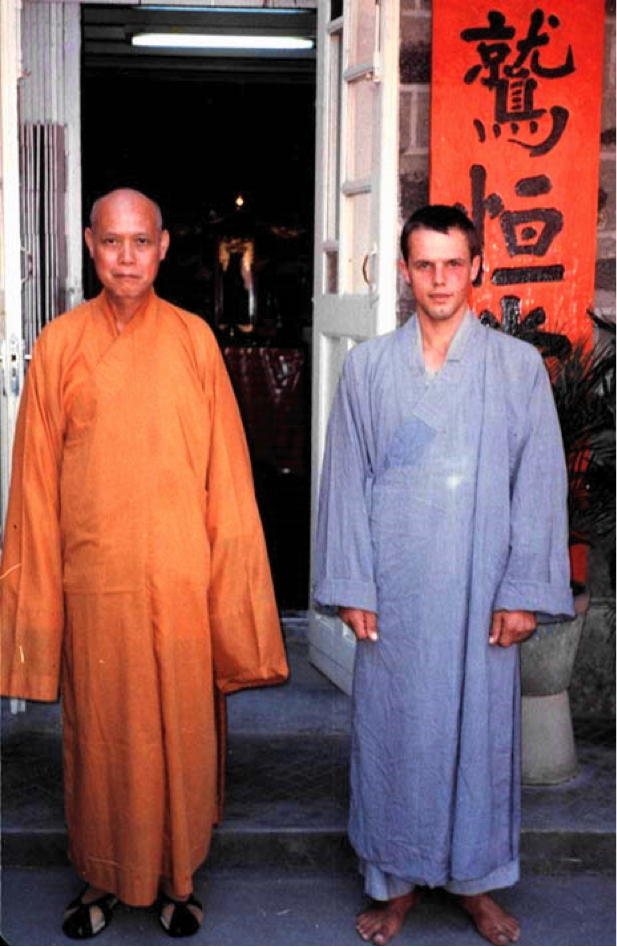
I was born into a middle-class family in North London in 1955. I have mild dyslexia, so even though I got into grammar school I

Four years ago, one of my best friends visited Hong Kong. The first cultural landmark I took him to was Chi Lin Nunnery, which I
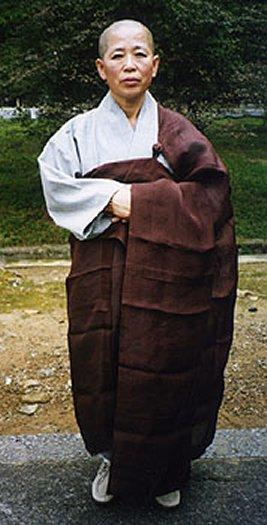
When looking for the “Walking Monk”—the peripatetic Buddhist monk wandering the east coast of Australia—Kerry Stewart from ABC ventured out only to have every “red or saffron

I’ve recently returned from a Dunhuang tour led by Mrs. Mei-yin Lee, one of Hong Kong’s most sought-after guides and thinkers on Chinese culture. There

It is difficult not to admire the candor of the Centre of Buddhist Studies’ Director at Hong Kong University. Last year, Venerable Hin Hung had

The common narrative of Chinese dynastic history is a story of the “sons of heaven” (tianzi ?Ѥl): great men (and one woman, Wu Zetian) who enforced